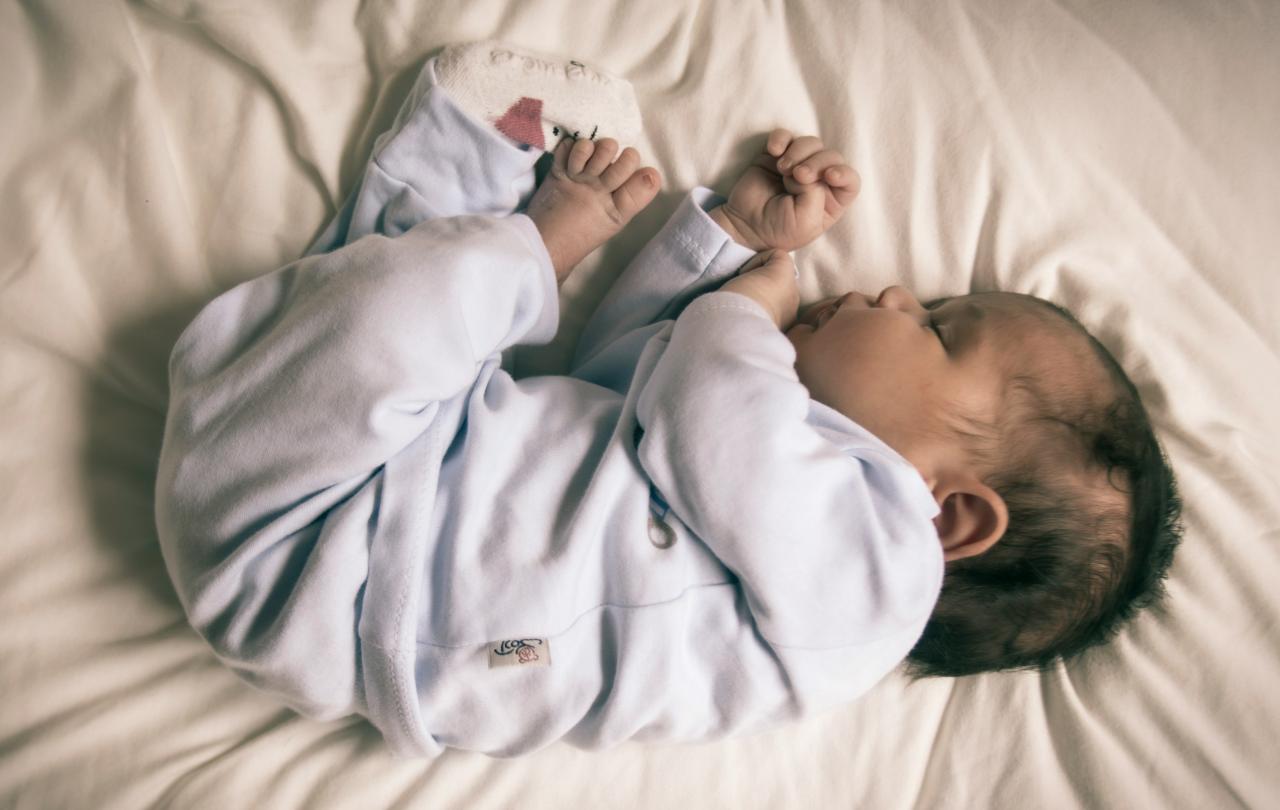
Even before they are born, they demand things – a bed or two, Babygros, the cute paraphernalia, like the baby bath used for a few months then outgrown. And, as they grow, they only get more expensive.
Children apparently cost us over £14,000 a year. According to the Child Poverty Action Group's annual survey, children cost couples £260,000 to raise to adulthood, while the bill rises to £280,000 for a single parent. That is a lot of money. The spread of these costs is heavily weighted towards the early years of a child’s life. Initial set-up, as with many new ventures, is expensive and the list of seemingly essential items is extensive. Childcare during the pre-school years can also up the household bills by £200 per week, causing many parents to question whether work is ‘worth it’.
It seems though, that it is not only returning to work that is uneconomical. In fact, having babies full stop doesn’t appear to be an economically attractive option. Over the last 15 years, birth rates in the UK have significantly declined. In 2024 the average number of live children a women would have during her life was down to 1.41. UK fertility is low. People are just not having babies.
There are many reasons for this. Access to contraception, women’s increased equality and opportunity in the workplace, and concerns about finances mean that couples wait longer to begin a family than in previous generations. People in their twenties are perhaps more interested in financial stability rather than family procreativity and women want to get ahead in their chosen career paths before taking time out to have children. Everything has got more expensive, including having children. The world is a big place and desire for travel, adventure, and exploration means couples do not want to be ‘tied down’ with children while they are young.
The impact of having a child on a woman’s career has been shown to be significantly greater than her male counterpart. I observe mothers, anecdotally and statistically, to be more likely to take time out of work, move to part-time employment, and work in lower-income jobs, than fathers. This is not only something observable in the UK, but it is a universal feature of motherhood. Perhaps becoming a mother is just not ‘worth it’.
Many concerns about declining birth rates often come down to economics. Without the next generation of workers, our welfare state is headed for stormy seas. An aging society risks a nation flooded with retired dependants without the balance of the tax-paying, working population to support them. Although children are expensive, they are of integral economic value to our functioning society. Even on a micro level, children are increasingly keeping aging parents afloat, supporting them by contributing to the living, housing, and caring costs.
Opinions inevitably differ and cause controversy, but for me, the rational economics of parenthood does not contribute to my desire to have children. I do not see our children as a financial investment awaiting a hefty return. I have not embarked on procreation as a means to a stable retirement. Rightly or wrongly, I have not undertaken a cost-benefit analysis of having children. However, I understand it to have great value beyond the numbers.
To play a part in raising the next generation is one of my life’s greatest joys. To slow down and witness our boys learning the world day by day is an act of resistance against those rational laws of economic productivity and market capitalism. Much of my time does not appear to be ‘well spent’, but in the giggles, the endless mealtimes, the repeated instructions of ‘sit down’, ‘be gentle’, and ‘listen’, there are deep wells of meaning and significance. While some choose to focus on the pouring of economic resources into their children, I choose to focus on the outpouring of my heart. As I give of myself, they grow. I love them, feed them, teach them, wash them at bathtime, and tell them stories of the world, of faith, and of life. As I am poured out, they are formed as tiny humans of unquantifiable value.
This kind of value, I think, reflects more accurately the value we have before God. Our value as children of God. There is a story about a man who sees a pearl. The pearl is super expensive. This man wants the pearl so much that he sells his possessions, giving everything up so he can have it. Perhaps the pearl is God’s Kingdom, perhaps it is the message of Jesus, or perhaps, as my son once thought, it is us. We are the pearl of infinite, unquantifiable value to God and he gave up everything for us.
Support Seen & Unseen
Support Seen & Unseen
Since Spring 2023, our readers have enjoyed over 1,500 articles. All for free.
This is made possible through the generosity of our amazing community of supporters.
If you enjoy Seen & Unseen, would you consider making a gift towards our work?
Do so by joining Behind The Seen. Alongside other benefits, you’ll receive an extra fortnightly email from me sharing my reading and reflections on the ideas that are shaping our times.
Graham Tomlin
Editor-in-Chief





